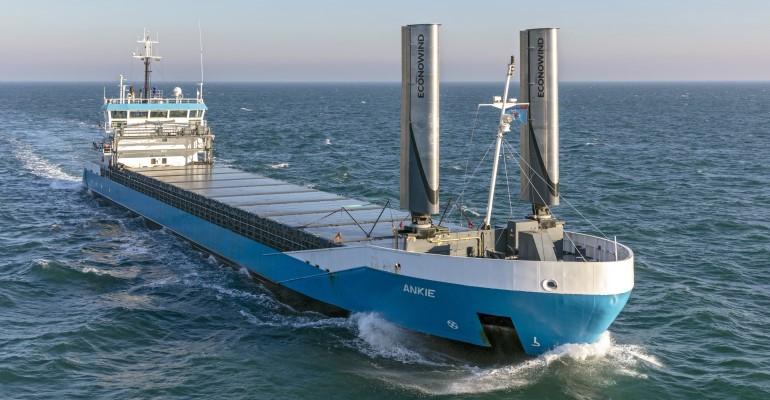
The hidden emissions of the shipping industry
Apr 19, 2023
Rasmus Elsborg-Jensen, CEO of ReFlow, on the importance of lifecycle assessments.
The shipping industry has long been regarded as a significant contributor to global greenhouse gas emissions. Although it is responsible for approximately 4% of these emissions, this figure is estimated and only accounts for direct emissions from fuel combustion in vessel propulsion. However, to truly understand the industry’s environmental impact and pave the way for a greener future, we must also consider the indirect emissions from the supply chain and the vessels’ lifecycle. As the industry transitions towards decarbonised fuels, it will be essential to incorporate lifecycle assessments to achieve a more accurate understanding of its emissions and facilitate the development of new equipment and supply chains for green fuels.
The hidden emissions
The shipping industry’s 4% share of global emissions primarily stems from the combustion of fossil fuels such as heavy fuel oil and marine diesel oil in vessel engines. However, this figure does not capture the complete picture. Emissions generated from the construction, maintenance, and eventual decommissioning of vessels and the emissions from the supply chain associated with the shipping industry should be considered.
Lifecycle assessments provide a comprehensive evaluation of the environmental impact of a product or service throughout its entire lifecycle. In the context of the shipping industry, this means examining the emissions resulting from the extraction and processing of raw materials, manufacturing of vessels, operation, maintenance, and finally, disposal or recycling. By incorporating lifecycle assessments into the evaluation of shipping emissions, policymakers and industry stakeholders can better identify areas for improvement and develop effective strategies to reduce the industry’s overall carbon footprint.
The decarbonisation shift and its implications
As global efforts to combat climate change intensify, the shipping industry increasingly focuses on decarbonising its operations. This transition involves the adoption of alternative, low-carbon fuels such as hydrogen, ammonia, and biofuels, as well as the developing of new technologies and infrastructure to support their use. However, this shift has its challenges.
The move towards decarbonisation will likely result in a shift of emissions from direct to indirect sources. The production of new equipment, infrastructure, and supply chains required to facilitate the use of green fuels will inevitably generate emissions. Additionally, the transition to low-carbon fuels may involve increased energy consumption in certain stages of the supply chain or vessel lifecycle, which may offset some of the emissions reductions achieved through cleaner fuels.
The use of LCA to document the supply chains of green technology and fuels
Lifecycle assessment (LCA) is a powerful tool that can provide valuable insights into the environmental impact of building new vessels and infrastructure for green fuels. By examining the entire lifecycle of these assets, from raw material extraction to end-of-life disposal or recycling, LCA offers a comprehensive understanding of the emissions generated throughout the production, transportation, storage, and utilisation of green fuels.
In the context of the shipping industry, using LCA to assess the emissions associated with building new vessels and facilities for green fuels enables stakeholders to make informed decisions about the most sustainable options. By considering the environmental implications of various materials, manufacturing processes, and fuel types, LCA can help identify potential areas for improvement and guide the industry toward a more sustainable future.
Ultimately, incorporating LCA into the decision-making process is essential to ensure that the transition to green fuels in the shipping industry effectively reduces direct emissions and minimises the overall environmental impact throughout the entire supply chain and infrastructure development.
To ensure that the shipping industry’s decarbonisation efforts bring tangible reductions in its overall emissions, it is crucial to consider these indirect emissions and integrate them into the industry’s environmental assessments. This will enable the development of more sustainable and effective decarbonisation strategies and help to avoid unintended consequences.
The shipping industry plays a vital role in the global economy, but its environmental impact must be addressed. While the industry is making strides toward decarbonisation, it is essential to consider both direct and indirect emissions to understand their environmental impact fully. By incorporating lifecycle assessments and a holistic approach to evaluating emissions, the shipping industry can develop more effective and sustainable strategies to reduce its carbon footprint and contribute to global efforts to combat climate change.
Article source: splash247.com

